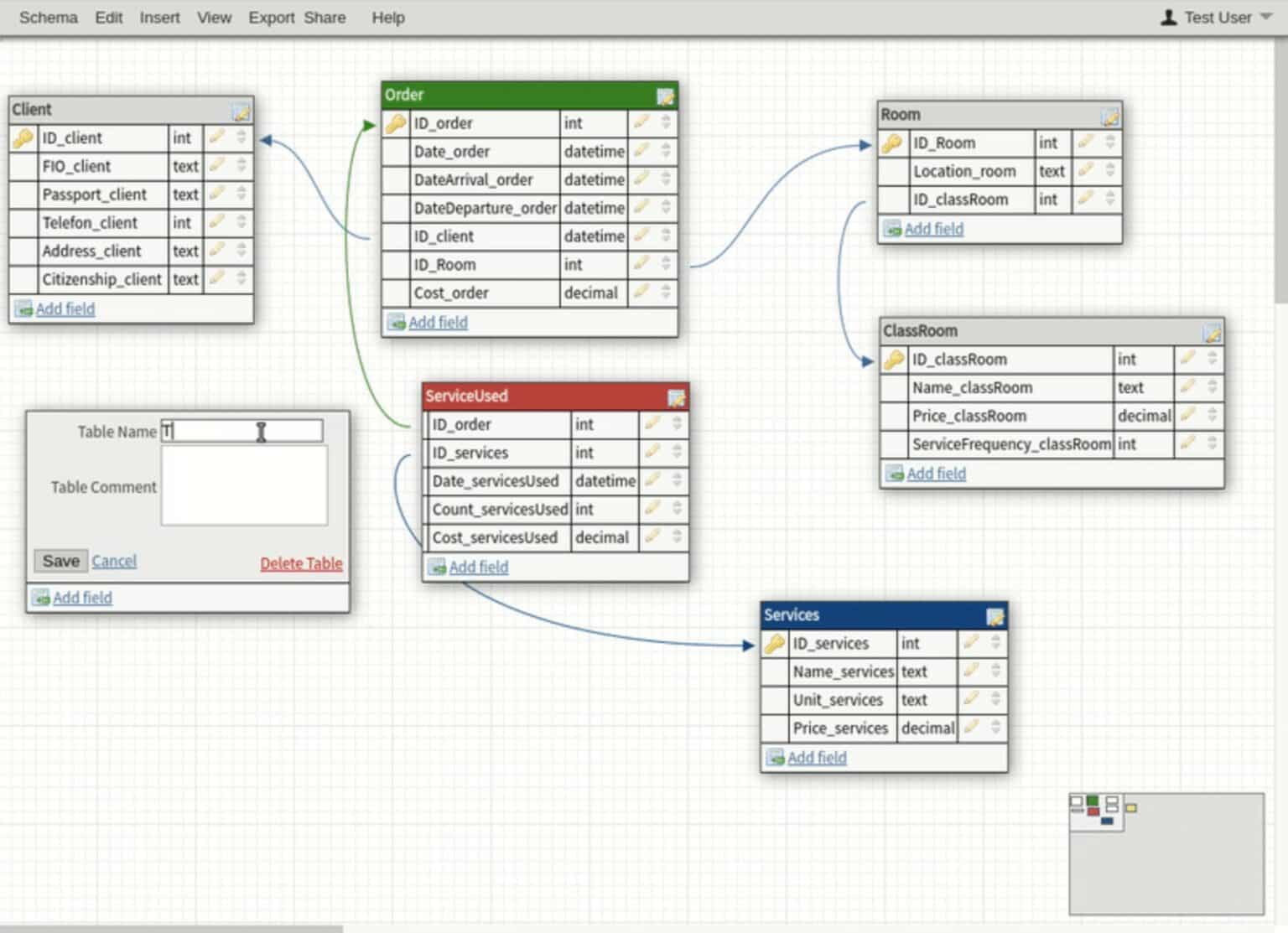Table Of Content
It includes indexes and SQL statements that, once you convert it into a database, will require practically no tweaking under the hood. If you use Vertabelo to design your database schema, the risk of missing errors like these is reduced to zero. This is because Vertabelo validates your model as you work on it; if it finds any flaws, it shows them to you in a panel with a warning icon so that they don’t go unnoticed.
Start streaming your data for free
A database schema is a formal description of the structure or organization of a database. It includes the definition of how data is organized in the database, with relational databases organizing information in tables and using SQL for queries. Non-relational databases, or "NoSQL" databases, also have structures but differ from relational databases in their organization. Designing your database schema is just the first step in good data management. Well-designed schemas ensure that you can efficiently retrieve and analyze your data.
Tools You Can Use to Design Your Database Schema
The right schema design removes duplicated and inconsistent data in different locations. After you've designed your database schemas, it's time to use a BI tool like Holistics.io to turn your data into insights automatically. Database Design Schema is essential for organizations to enable effective ways of data storage and retrieval. A proper schema can be the difference between how flexible a database can be during varying needs. However, along with flexibility, organizations must focus on optimizing for speed to cater to critical business requirements. This blog talked about the different Database schema Examples before diving into the best practices to follow for this Database Design and schema Example.
Star Schemas
The solutions provided are consistent and work with different BI tools as well. The Database Schema, consequently, details out all the entities within the Database and also the relationships between them. The Database Schema can play a vital role in helping programmers better understand the Database and help them make the best use of it. This involves the way the Database is organised, how relations are interlinked, and specifying the constraints and rules for the transactions that take place in the Database. This article gives a comprehensive guide on Database Schema Design to enable companies to efficiently use their Databases. It also provides insights into how to design a good Schema and how the Database Schema Design can be beneficial to companies.
When you come across a nested object with a one-to-many relationship to the main table, it is converted into a separate table. Accelerate responsible, transparent and explainable AI workflows across the lifecycle for both generative and machine learning models. Direct, manage, and monitor your organization’s AI activities to better manage growing AI regulations and detect and mitigate risk. Get to know a fully managed cloud database with AI capabilities that keep your business running 24x7.
The physical database schema represents how data is represented and stored on disk storage. To create a physical scheme, in a relational database we use SQL commands. For instance, in MySQL, you will use SQL to construct a database with tables.
The System Design Cheat Sheet: Relational Databases (Part 1) - hackernoon.com
The System Design Cheat Sheet: Relational Databases (Part .
Posted: Thu, 29 Feb 2024 08:00:00 GMT [source]
Understand the requirements and functionalities that the database needs to support. The schema represents the logical structure of the database, encapsulating tables, attributes, and their interconnections. Along with providing code-free data connections and managed storage, Panoply automatically detects your database schemas so the data you ingest is right where you expect and ready for analysis. In this post, we've offered you an intro to the concept of a database schema. You've learned what a schema is, why it's so important, and how one is created.

There are two additional types of schemas are also commonly referenced in the context of relational database management systems (RDBMS); these are known as star schemas and snowflake schemas. More specifically, a star schema is a type of relational database schema that is composed of a single, central fact table that is surrounded by dimension tables. This tends to be considered a simpler schema compared to the snowflake schema. Imagine a vast library with shelves overflowing with knowledge without a proper catalog. Designing an effective database schema is a crucial skill for developers and administrators to master.
Creating Order from Chaos: Governance in the Data Wild West
These relationships should reflect the relationships that exist between the objects in the real world. Some entities may become attributes of other entities during this process, i.e. when you find out that a 1-to-1 relation doesn’t make sense between two tables. To clarify this concept, you can read about the difference between entities and attributes in a data model. When defining a unique identifier for each entity, ask yourself if it could be useful to use a surrogate (or artificial) key to function as a unique identifier. To make this decision, consider if the identifying attributes are prone to frequent changes, if they are defined as complex data types, and so on. The design of database tables plays a pivotal role in schema optimization.
For scenarios like social networks, fraud detection, and logistics where the linkage of data is a major concern, graph database schemas are ideal. A graph-oriented database schema stores data in nodes that directly relate to other nodes through typed relationship edges. This model efficiently represents highly interconnected data found in social networks, knowledge graphs, or IoT device networks. The logical database schema adds more technical specifics, yet it still keeps some of the physical storage and implementation factors abstract. Now we’ve created a database schema ('collegebooks') that stores and manages the information about a bookstore’s inventory. While a real-world schema would look a lot more complicated, this should give you a good idea of how a database schema is created and how its tables interact with each other.
Therefore database instance represents the data and information that is currently stored in the database at a specific point in time. Many more features including hundreds of ready made templates of various sizes in multiple industries to help you save time and get you started even with no experience. No matter the size and needs of your project, from simple schemas to database models with thousands of tables, DB Designer has you covered. The physical database schema represents how data is stored on disk storage or data target.
When you use a drawing tool to design your database schema, you can make mistakes that will make it difficult to implement that design on a database management system (DBMS) later on. You might unknowingly assign the same name to two tables, create a table without a primary key, or have a foreign key relationship between two columns of different data types. At this stage, create clear and comprehensive documentation for your database schema. Include information about each table, its columns, data types, relationships, and any constraints. Define primary keys, foreign keys, and indexes meticulously to establish relationships and maintain data integrity.
Non-relational (or “NoSQL”) databases come in several different formats and don't have a “schema” in the same way that relational databases do (although they do have an underlying structure). The relational model is mainly used for relational databases, where the data is stored as relations of the table. Holistics is a self-service BI platform that allows non-technical users to create their own charts without writing SQL or going to the data team. Data teams save time as they just have to define the data models once and they can use it everywhere, without writing the same SQL queries again and again. To help you determine the right tool for you to design database schema diagrams, we've curated a list of 10 of the best free ERD tools to do it. It can be defined as the design of the database at the view level, which generally describes end-user interaction with database systems.
Your database stores all of the data that your organization needs for IT environments, systems, and software applications. The design of your database schema can have a significant impact on the efficiency of the database, affecting how quickly you can retrieve information. A database schema is considered the “blueprint” of a database which describes how the data may relate to other tables or other data models.

No comments:
Post a Comment